What is the air intake system in a diesel engine?
The air intake system serves as the fundamental respiratory system of any diesel engine, responsible for delivering clean, dense air essential for efficient combustion. A properly designed Diesel air intake system directly impacts engine performance, fuel efficiency, and operational longevity by ensuring optimal air quality and quantity throughout all operating conditions. Understanding this critical system's components and functions helps operators maintain peak generator performance while preventing potential damage from contaminated or restricted airflow.

System Components and Their Functions
The air intake system consists of several integrated components working in unison:
Air Filter Assembly:
Primary filter element capturing dust, dirt, and particulate matter
Pre-cleaner systems removing larger debris in demanding environments
Restriction indicators signaling when filter replacement is required
Housing designed to prevent unfiltered air bypass
Intake Ducting and Piping:
Reinforced flexible connectors absorbing engine vibrations
Smooth-bore piping minimizing airflow resistance
Heat-resistant materials protecting against underhood temperatures
Proper routing avoiding sharp bends that restrict airflow
Turbocharger Integration:
Compressor section pressurizing intake air
Turbine section driven by exhaust gases
Boost pressure regulation through wastegate or VGT mechanisms
Oil supply and return lines for bearing lubrication and cooling
Charge Air Cooling:
Air-to-air intercoolers reducing intake temperatures
Air-to-water coolers in space-constrained applications
Cooling fins increasing heat transfer surface area
Pressure-rated housings containing boosted air pressure
Intake Manifold:
Equal-length runners ensuring balanced cylinder charging
Reinforced construction containing boost pressure
Mounting points for sensors and auxiliary components
Heat shielding preventing heat soak from engine components
Operational Process and Airflow Path
Understanding the sequential airflow process clarifies system functionality:
Air Intake and Filtration:
Ambient air enters through weather-protected intake hood
Multi-stage filtration removes contaminants progressively
Clean air proceeds through intake piping to turbocharger
Compression and Pressurization:
Turbocharger compressor increases air pressure and temperature
Pressurized air moves toward charge air cooler
Boost pressure levels monitored by engine control systems
Temperature Management:
Charge air cooler reduces air temperature significantly
Cooler, denser air contains more oxygen molecules
Denser air enables more complete fuel combustion
Air Distribution and Combustion:
Cooled pressurized air enters intake manifold
Air distributes evenly to individual cylinders
Precise air-fuel mixture supports optimal combustion
The sophisticated design of a modern Diesel air intake system ensures maximum oxygen availability while protecting internal engine components from abrasive damage.
Critical Performance Considerations
Several key factors determine intake system effectiveness:
Air Filtration Efficiency:
Minimum 99.9% efficiency at capturing particles above 10 microns
Multi-layer filtration media for extended service life
Water separation capability in humid environments
Dust-holding capacity matching operational requirements
Flow Restriction Management:
Maximum pressure drop below 25 inches H₂O across clean filter
Progressive restriction increase as filter loads with contaminates
Proper sizing for engine's maximum air consumption
Smooth internal surfaces minimizing turbulence
Temperature Control:
Intercooler effectiveness reducing air temperatures by 100-200°F
Heat shielding preventing radiant heat transfer
Coolant flow management in air-to-water systems
Ambient temperature compensation in control strategies
Durability and Reliability:
Vibration-resistant mounting systems
UV-resistant materials for outdoor applications
Corrosion protection in marine environments
Robust construction surviving engine compartment conditions
Maintenance Requirements and Schedules
Proper maintenance ensures consistent performance:
Regular Inspection Points:
Visual filter element inspection during service intervals
Restriction indicator monitoring between services
Ducting and connection integrity checks
Intercooler fin cleanliness verification
Component Replacement:
Primary filter replacement based on environment and hours
Safety element replacement with primary filter
Crankcase breather service preventing oil contamination
Sealing gasket replacement ensuring airtight connections
Performance Verification:
Boost pressure testing confirming system integrity
Pressure drop measurements across components
Leak detection using approved methods
Temperature differential verification across intercooler
A well-maintained Diesel air intake system directly contributes to reduced operating costs through improved fuel economy and extended engine service intervals.
Common Failure Modes and Solutions
Understanding potential problems helps prevent costly repairs:
Filter-Related Issues:
Clogged filters causing power loss and black smoke
Improper installation permitting unfiltered air passage
Water ingestion damaging filter media and sensors
Solutions: Regular replacement using quality filters
Turbocharger Problems:
Contaminant damage to compressor wheels
Oil leakage contaminating intake tract
Boost pressure irregularities affecting performance
Solutions: Proper filtration and regular oil system maintenance
Ducting and Connection Failures:
Cracked piping allowing unfiltered air entry
Loose clamps causing boost pressure leaks
Collapsed hoses restricting airflow
Solutions: Routine inspection and quality replacement parts
Sensor and Control Issues:
Failed temperature sensors providing inaccurate readings
Malfunctioning pressure sensors affecting fuel mapping
Stuck wastegates causing overboost or underboost conditions
Solutions: Electronic diagnosis and sensor replacement
Selection and Optimization Guidelines
Choosing the right system configuration:
Application-Specific Considerations:
Environmental conditions determining filtration requirements
Space constraints influencing component placement
Performance expectations guiding system capacity
Regulatory requirements affecting emissions compliance
Performance Upgrade Options:
High-flow air filter elements reducing restriction
Enhanced intercoolers improving temperature reduction
Larger diameter piping minimizing flow losses
Advanced turbocharger technology for better response
Integration with Engine Systems:
Compatibility with engine control unit parameters
Proper sizing matching engine air consumption
Mounting solutions accommodating engine movement
Service accessibility for routine maintenance
Conclusion
The Diesel air intake system plays a crucial role in diesel generator performance, efficiency, and longevity. From initial air filtration through final delivery to combustion chambers, each component must function optimally to ensure reliable operation. Proper maintenance and understanding of this system helps prevent unnecessary downtime and expensive repairs while maximizing generator performance across all operating conditions.
Our technical team can provide expert guidance on air intake system selection, maintenance, and optimization for your specific generator requirements. Contact us at skala@whjlmech.com for professional assistance with your power system needs.
References
Society of Automotive Engineers. (2023). SAE J726: Air Cleaner Test Code. Warrendale: SAE.
International Organization for Standardization. (2022). ISO 5011:2014 Inlet air cleaning equipment for internal combustion engines and compressors. Geneva: ISO.
Diesel Engine Manufacturers Association. (2023). *DEMA Standard 75-3: Air Intake System Design Guidelines*. Chicago: DEMA.
Johnson, M. (2022). Emergency Power Systems: A Comprehensive Guide to High-Speed Diesel Generators. Power Engineering Quarterly, 45(3), 78-92.
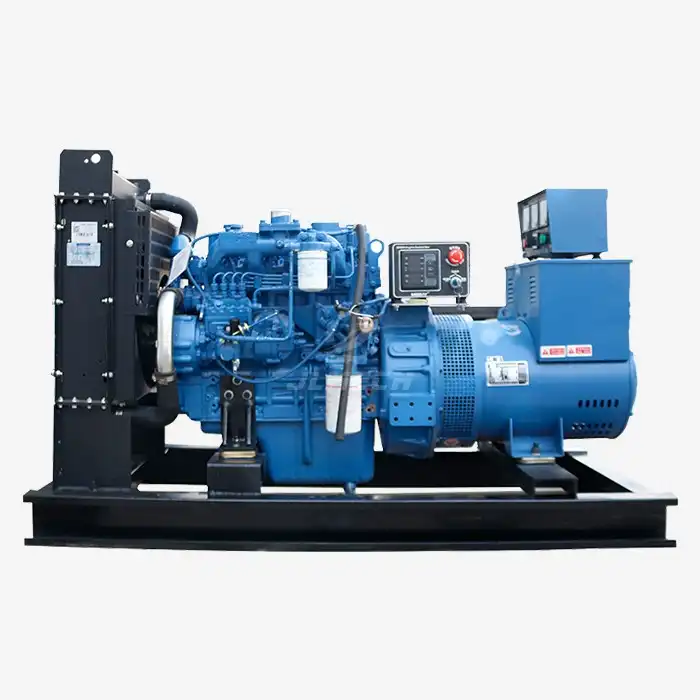 VIEW MORERemote diesel generator
VIEW MORERemote diesel generator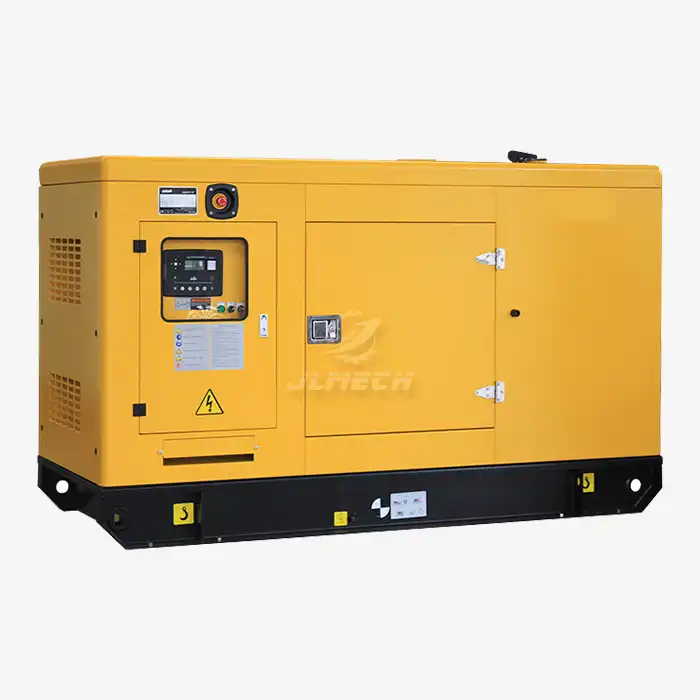 VIEW MORE25kVA diesel set
VIEW MORE25kVA diesel set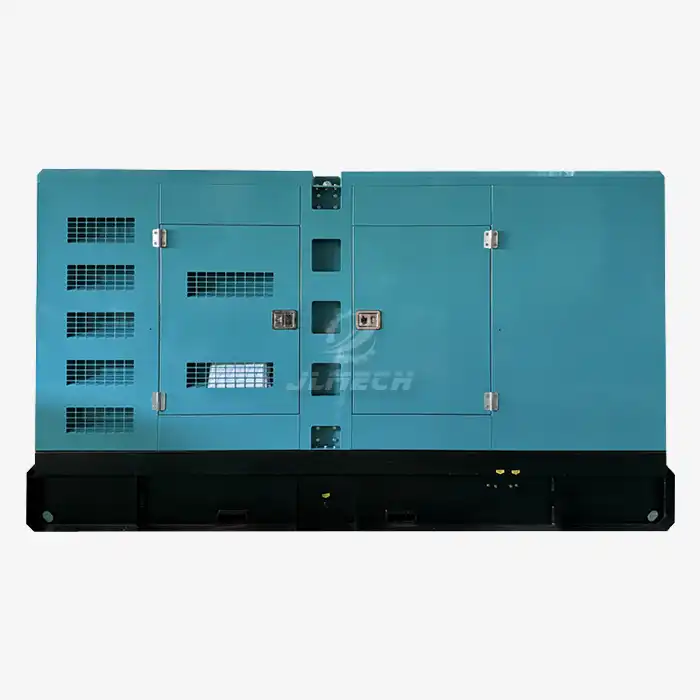 VIEW MOREHigh-efficiency diesel genset
VIEW MOREHigh-efficiency diesel genset_1753350153132.webp) VIEW MORE100% copper diesel generator
VIEW MORE100% copper diesel generator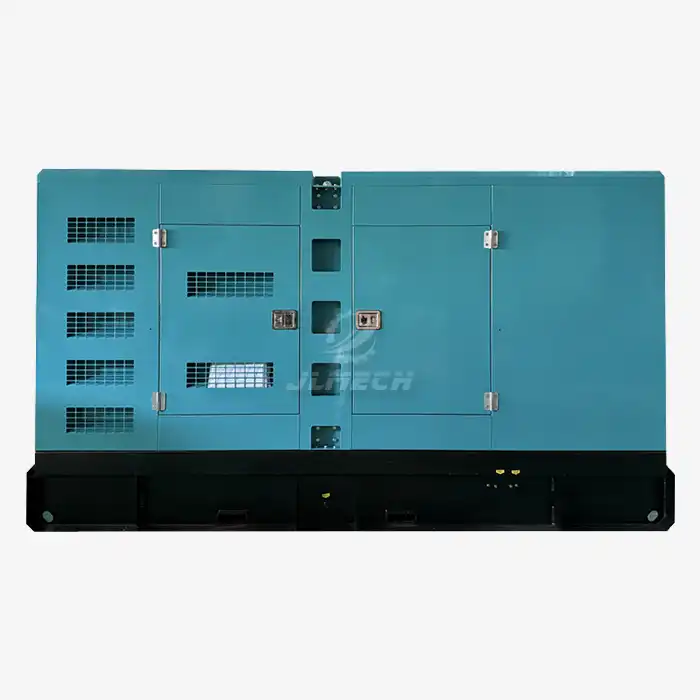 VIEW MORENew 4 Cylinders Water Cooled Diesel Generator Set
VIEW MORENew 4 Cylinders Water Cooled Diesel Generator Set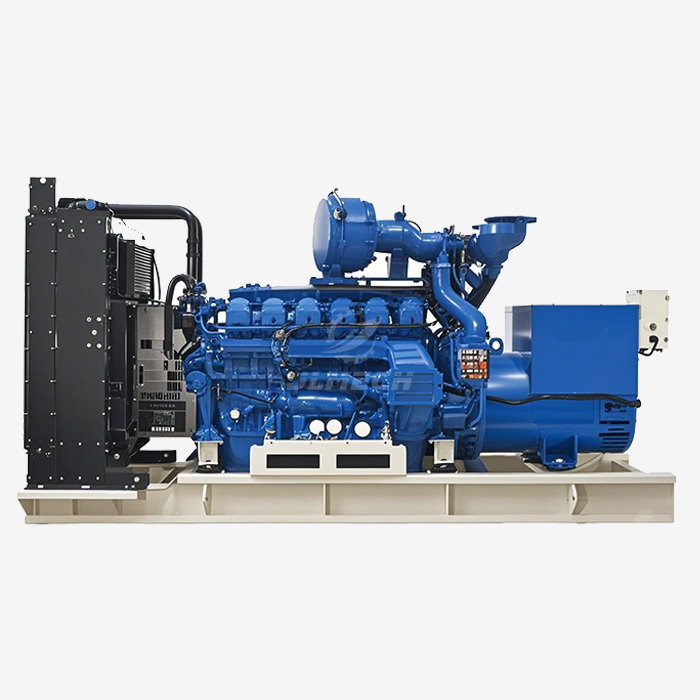 VIEW MOREperkins diesel generator 180kva
VIEW MOREperkins diesel generator 180kva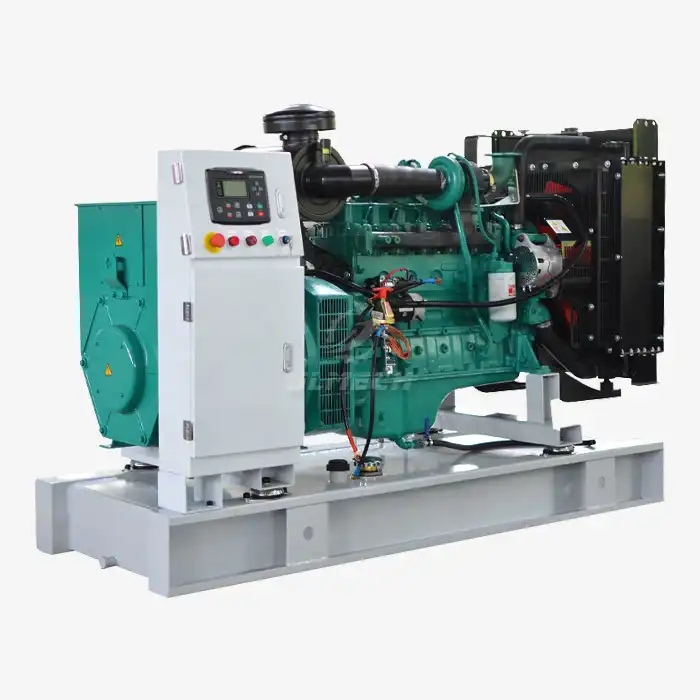 VIEW MOREweichai diesel power generator
VIEW MOREweichai diesel power generator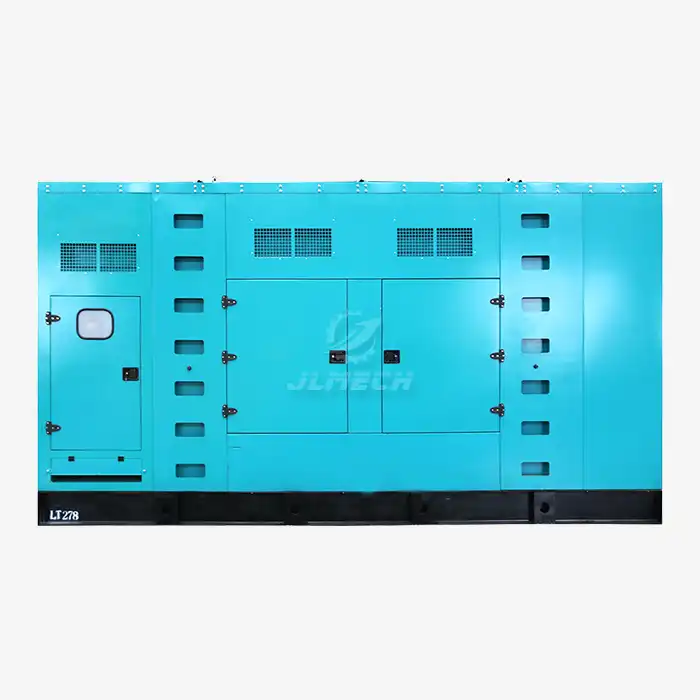 VIEW MOREdiesel generator 330kva
VIEW MOREdiesel generator 330kva



